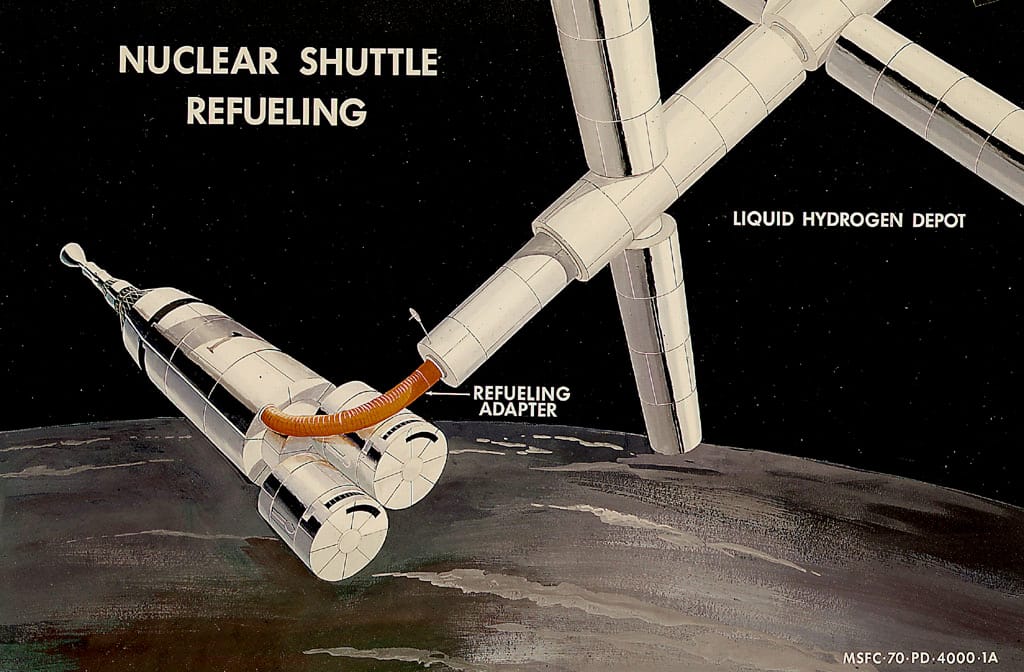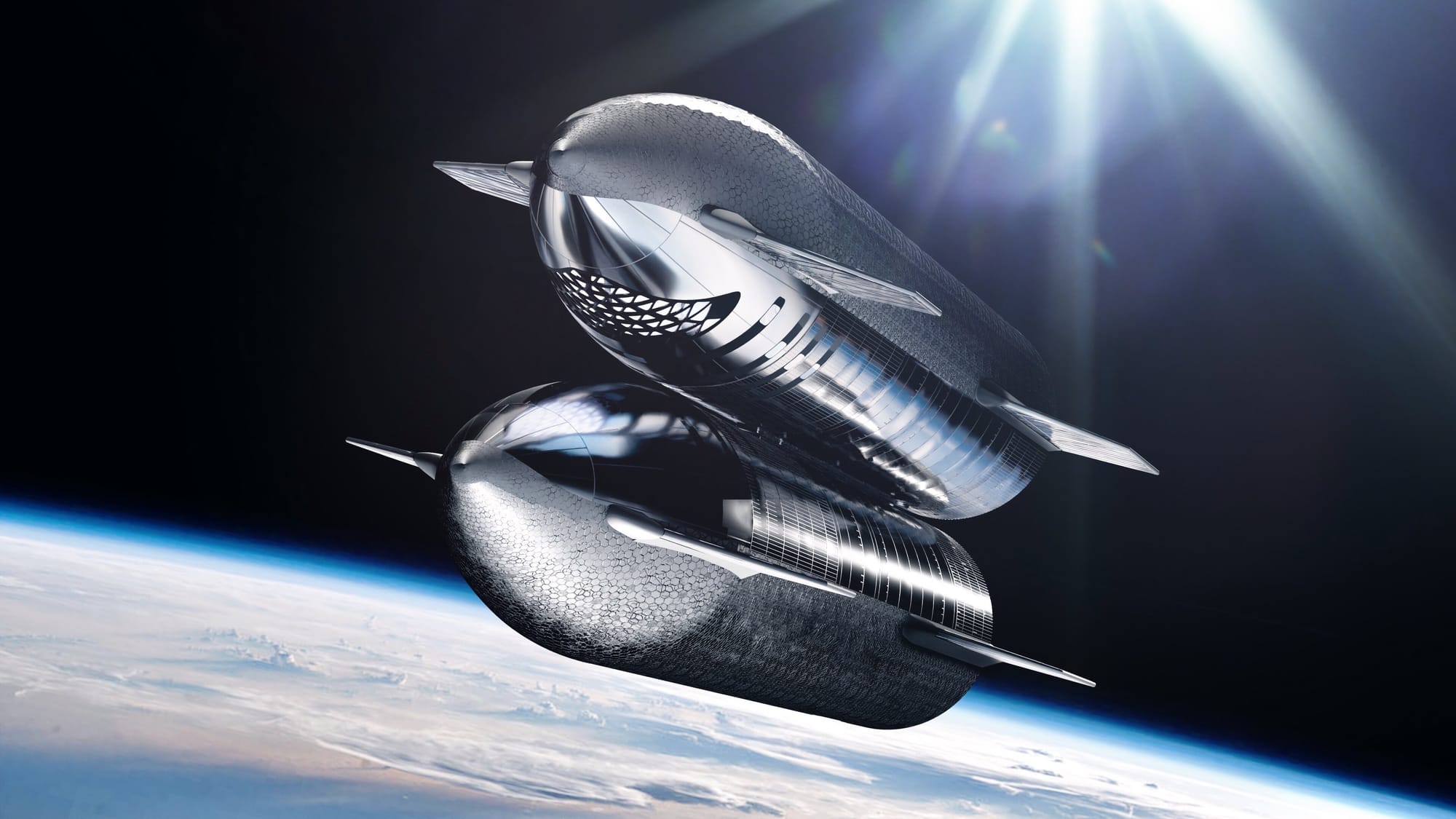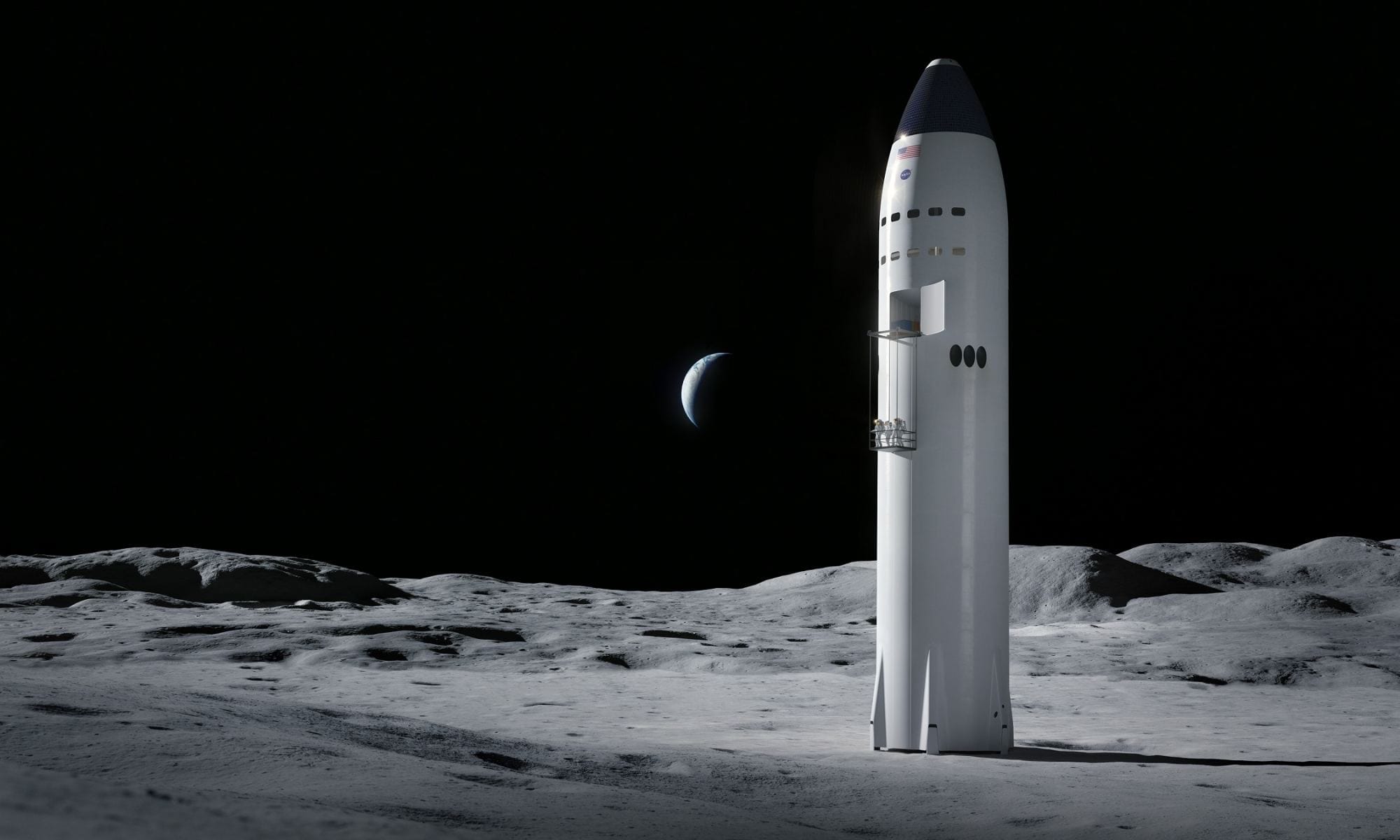Fueling the Future: NASA's Groundbreaking Strategy for Refueling SpaceX's Starship

As humanity sets its sights on returning to the Moon and venturing further into the solar system, NASA and SpaceX collaborate on a groundbreaking strategy to refuel the Starship spacecraft in orbit. This innovative approach to in-space refueling is set to revolutionize how we explore the cosmos, enabling longer-duration missions and opening up new possibilities for scientific discovery and human spaceflight. In this article, we delve into the details of NASA's refueling strategy, the challenges it addresses, and the potential impact it could have on the future of space exploration.
The Artemis Missions: A New Era of Lunar Exploration
NASA's Artemis program aims to return humans to the lunar surface and establish a sustainable presence on the Moon. Central to this ambitious goal is the development of the Starship spacecraft by SpaceX, which will serve as the primary vehicle for transporting crew and cargo to and from the lunar surface. However, to achieve the long-duration missions envisioned by the Artemis program, Starship will require a reliable and efficient method of refueling in space.
The Challenges of In-Space Refueling
Refueling a spacecraft in the microgravity environment of space presents a unique set of challenges. One of the primary concerns is managing the behavior of propellants within the tanks. Without gravity, fluids slosh around, making it difficult to control their movement and ensure proper vehicle transfer. Additionally, cryogenic propellants like liquid oxygen and methane, which Starship uses, are prone to boil-off due to the extreme temperature differences in space. This boil-off can lead to significant propellant losses over time, reducing the efficiency of the refueling process.

To address these challenges, SpaceX is developing advanced in-space refueling technologies. These include specialized docking systems that allow for the precise alignment and connection of two Starships in orbit and advanced propellant management systems that minimize sloshing and boil-off. SpaceX has already conducted preliminary tests, such as transferring liquid oxygen between tanks within a single Starship, to understand the behavior of fluids in microgravity better.
The Refueling Process: A Ballet of Starships
NASA's refueling strategy for Starship involves a carefully choreographed dance of multiple spacecraft in low Earth orbit. The process begins with the launch of several tanker Starships, each carrying a payload of propellant. These tankers will rendezvous with a propellant depot, a specialized facility designed to store and transfer fuel in space. Once the tankers have docked with the depot, they will transfer their propellant to the storage tanks, creating a fuel reservoir for future missions.
When a Starship destined for the Moon is ready for refueling, it will launch into orbit and navigate to the propellant depot. There, it will dock with the facility and transfer fuel from the depot's tanks to its own. This transfer will be carefully monitored and controlled to ensure the safety and efficiency of the operation. Once the Starship has been fully refueled, it will undock from the depot and continue its journey to the Moon.
The refueling process is not a one-time event, however. Multiple refueling operations will be necessary to support the long-duration missions envisioned by the Artemis program. Current estimates suggest that up to 20 tanker launches may be required for each lunar mission, depending on the specific requirements and the efficiency of the propellant transfer process. This highlights the scale and complexity of the refueling strategy and the importance of developing reliable and cost-effective launch systems.

The Technology Behind In-Space Refueling
At the heart of NASA's refueling strategy lies a suite of advanced technologies that enable the safe and efficient transfer of propellants in space. These technologies encompass various disciplines, from cryogenic fluid management to autonomous docking systems.
One key technology being developed is the in-space propellant transfer system. This system includes specialized pumps, valves, and piping designed to operate in space's microgravity environment. These components must withstand extreme temperature fluctuations and space vacuum conditions while maintaining integrity and performance.
Another critical technology is the autonomous docking system. To enable the precise alignment and connection of two Spaceships in orbit, SpaceX is developing advanced sensors, guidance systems, and docking mechanisms. These systems must operate with a high degree of accuracy and reliability, ensuring the safety of the spacecraft and their crews.
In addition to these hardware technologies, NASA and SpaceX are investing in developing advanced software and control systems. These systems will monitor and manage the refueling process, ensuring that the transfer of propellants is carried out safely and efficiently. They will also provide real-time data and telemetry to ground controllers, allowing for the continuous optimization of the refueling operations.
The Impact on Future Space Exploration
The successful development and implementation of in-space refueling technology can potentially revolutionize how we explore the solar system. By enabling spacecraft to refuel in orbit, we can significantly extend the duration and range of human spaceflight missions. This opens up new possibilities for scientific discovery, resource utilization, and even the establishment of permanent human presence on other celestial bodies.

One of the most exciting prospects is the potential for crewed missions to Mars. With the ability to refuel in space, Starship could carry a larger payload of supplies and equipment, reducing the need for multiple launches and increasing the sustainability of long-duration missions. In-space refueling could also enable the establishment of a propellant depot in Mars orbit, providing a critical resource for future exploration and colonization efforts.
Beyond Mars, in-space refueling could enable the exploration of even more distant destinations, such as the moons of Jupiter and Saturn. By extending the range and duration of spacecraft, we could conduct more detailed studies of these fascinating worlds, searching for signs of habitability and potentially even life.
Conclusion
NASA's strategy for refueling SpaceX's Starship in orbit represents a major milestone in the history of space exploration. By developing advanced in-space refueling technologies and establishing a robust infrastructure for propellant transfer, NASA and SpaceX are paving the way for a new era of human spaceflight. The successful implementation of this strategy will enable the ambitious goals of the Artemis program and open up new frontiers for scientific discovery and human exploration.
As we stand on the cusp of this exciting new chapter in space exploration, the challenges ahead are clear. However, with the global space community's ingenuity, determination, and collaboration, we are poised to overcome these challenges and unlock the full potential of in-space refueling. The future of space exploration is bright, and NASA's refueling strategy for Starship is a key step toward making that future a reality.











Member discussion